Building 5 AI Products: A Deep Dive
From late 2023 to mid-2025, I went deep into prototyping AI-first tools with a single focus: learning by doing. Not theorizing. Not pitching. Actually building usable products and shipping them, quickly and repeatedly.
This wasn't a startup play in the traditional sense. It was a lifestyle experiment, exploring what becomes possible when you combine strong product intuition, technical skill, and a fast feedback loop powered by generative AI. Every tool I built was AI-assisted: ideation, architecture, implementation, marketing copy...
What follows is a snapshot of what that journey looked like, what worked, what didn't, and what I learned.
18 Months
Of intensive AI-first development
5 Products
Shipped and actively used
5K+ Users
Across all platforms
Last updated: August 3rd, 2025
Plan Quest
AI-Generated OKRs Meet Real-Time UX
Inspiration
Fill in some gaps I've seen in planning tools. B2C product inspired from the B2B world.
Key Features
- Tie in OKRs to daily tasks
- Introduce milestones to OKRs
- Snapshotting plans to make it easier to change, while retaining history of execution and decisions made
- Making reflection front and center to planning
- Ability to prioritize across multiple plans in one visual timeline
Tech Stack
Frontend
Backend
AI & Tools


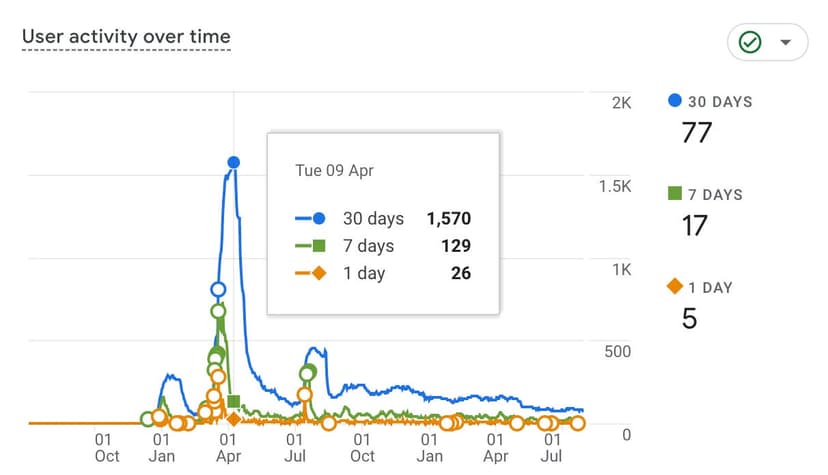
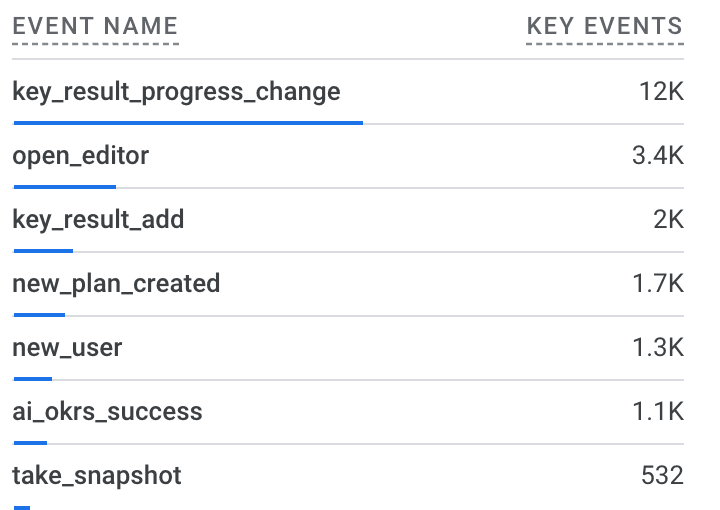
Handstand Quest
Voice-First Mobile AI
Inspiration
Bring easy metric tracking for handstands.
Inspired after reading the Lean Startup, with a hypothesis that people can effectively track their handstands with voice.
Key Features
- Voice command intent system for iOS
- On-device speech recognition
- Health Kit integration
- SiriKit integration
- Custom email-based analytics solution
Tech Stack
Frontend
Backend
AI & Tools
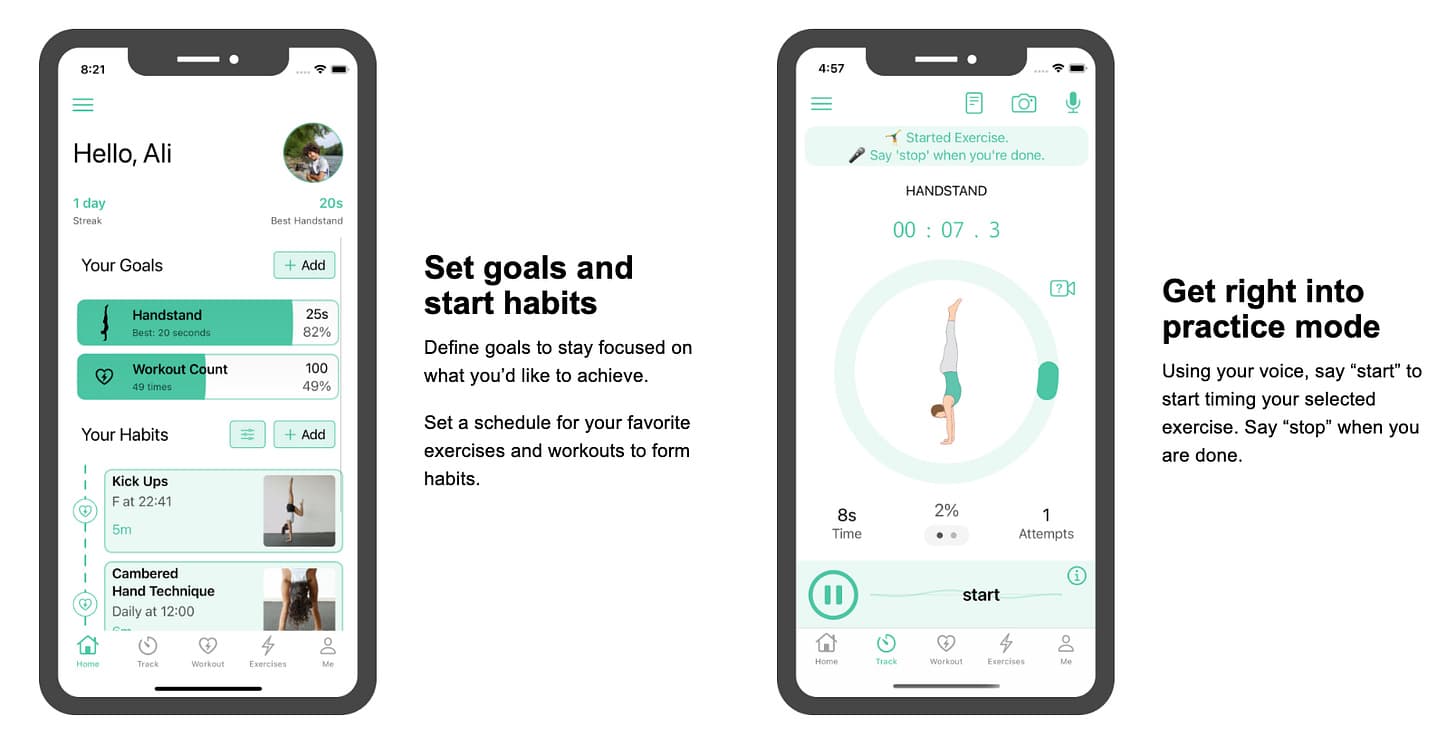
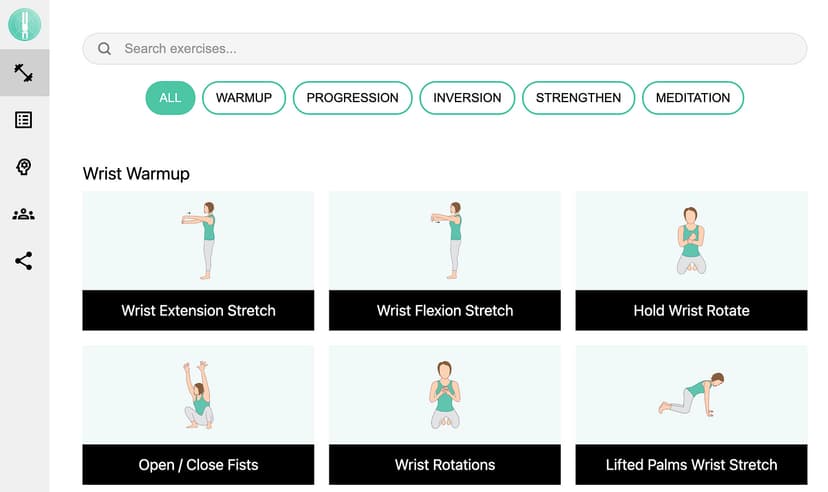
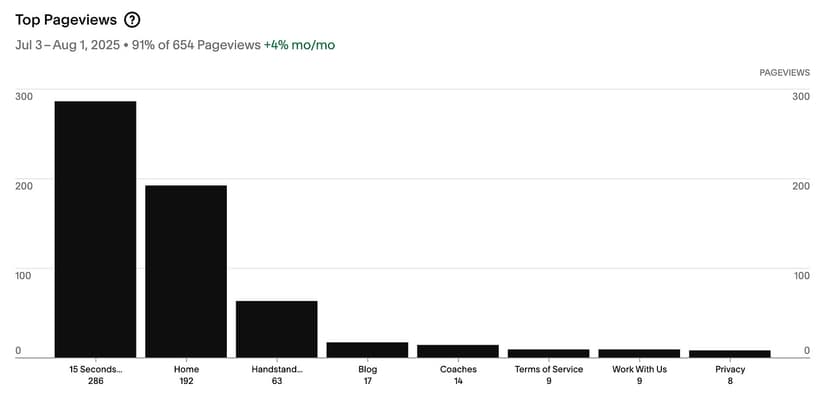
Calendar Color
When Simple Prototypes Win
Inspiration
I used Google Calendar to track every 30 min time slot in my day.
Given that I am very visual, I found it hard to instantly grasp how my focus is distributed, especially after rapid prototyping multiple projects and distributing focus across them.
I decided to add 'labels' for Google calendar colors and allow for more sophisticated categorization (ex: by project, values, importance, etc).
I also wanted to learn how to build a Google Chrome extension that is high quality.
Key Features
- Labels for Google calendar colors
- Sophisticated categorization (by project, values, importance)
- Chrome extension integration
- Sync across devices
Tech Stack
Frontend
Backend
AI & Tools
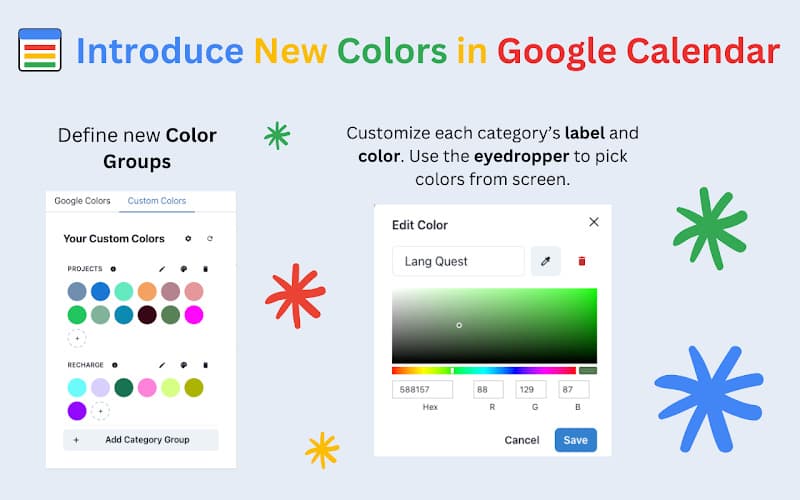
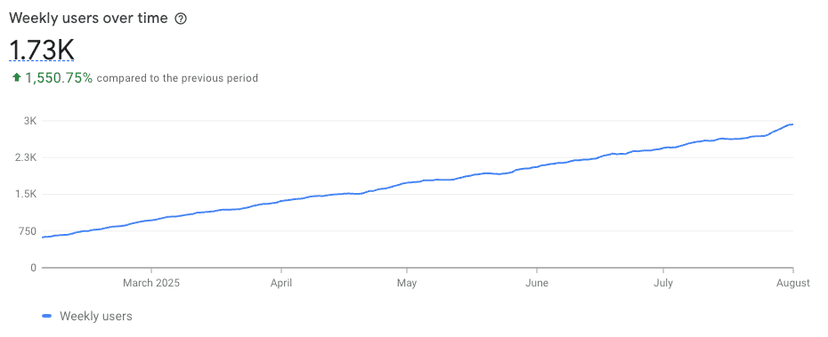


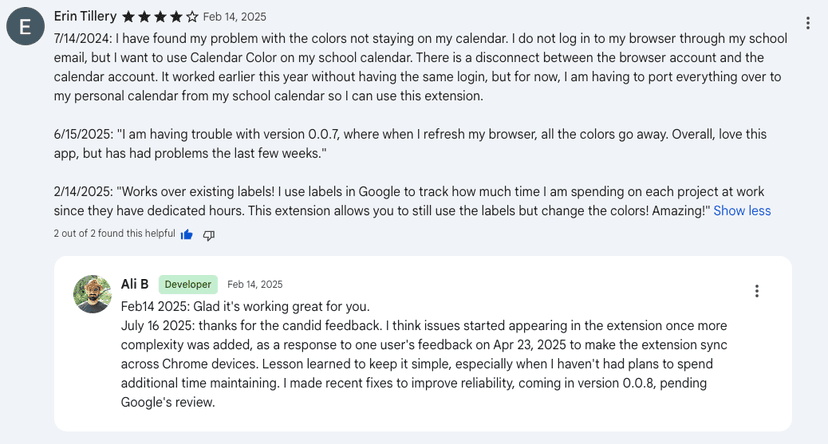
Leela Quest
Global AI Translation at Scale
Inspiration
Bali, March 2024.
Six strangers sitting in a circle at 10 AM, skeptical about spending our entire day playing what looked like an ancient board game. By 8 PM, we were in tears, not from exhaustion, but from breakthrough moments none of us saw coming.
I watched our facilitator work magic I didn't understand: somehow knowing exactly what question to ask when someone landed on 'Jealousy,' or how to guide another person through their moment on 'Cosmic Consciousness.' Each of us carried different life questions into that circle, yet this 2,000-year-old game seemed to speak directly to our souls.
The facilitator wasn't just reading squares, she was reading us.
Flying home, I couldn't stop thinking: what if everyone could have access to this kind of guided wisdom? What if AI could learn to facilitate with the same intuitive grace I witnessed that day?.
Key Features
- AI-powered spiritual game facilitation
- Multi-platform deployment (web, mobile, Chrome extension, desktop)
- 14+ language support
- Referral attribution system
- Facilitator dashboard
Tech Stack
Frontend
Backend
AI & Tools
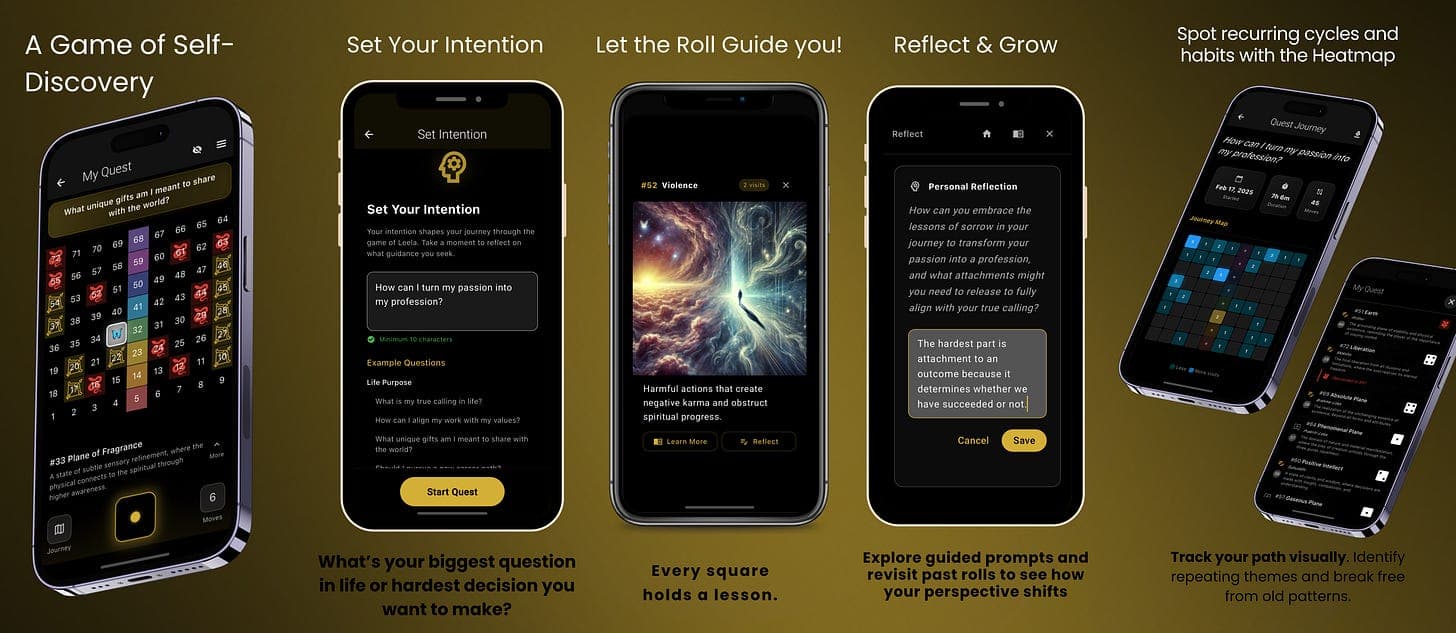
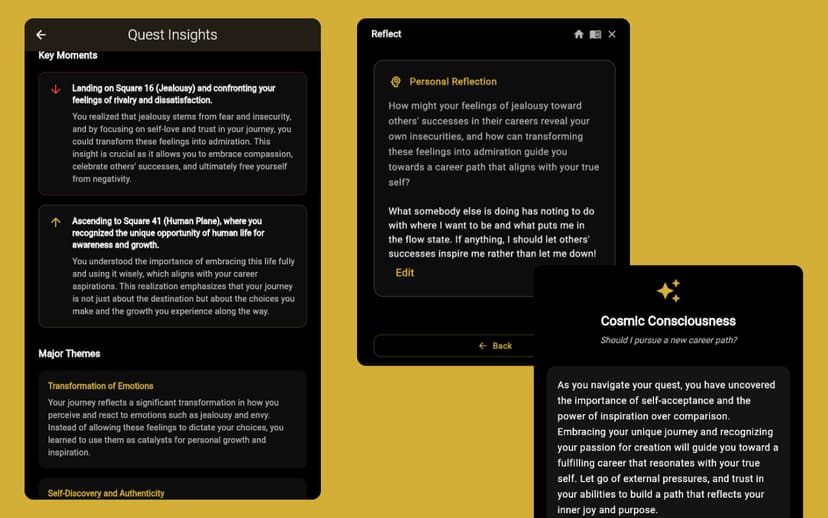
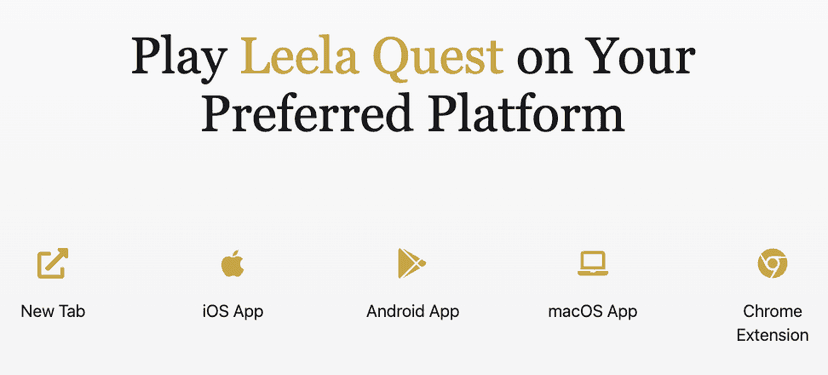

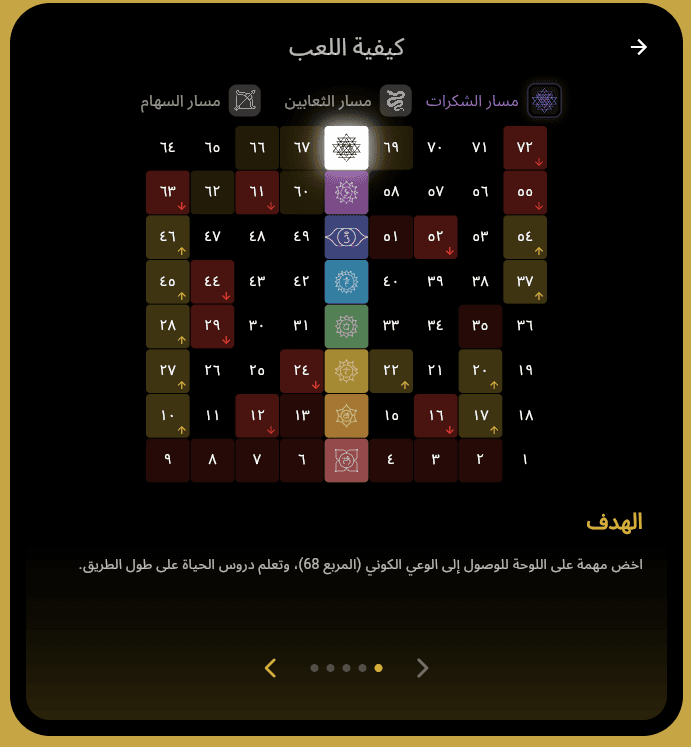
Scribe Quest
Multi-Modal AI Speech Processing
Inspiration
I saw a very successful AI health scribe startup and realized I could build a more capable system (templates, multi-platform, visual diagrams, multi-modal support, contact management) in a short time.
Key Features
- Multi-provider speech recognition (VOSK/iOS on-device, OpenAI Whisper, Google Cloud Speech)
- Dynamic template engine
- Visual diagram generation
- Contact management
- Real-time transcription
Tech Stack
Frontend
Backend
AI & Tools


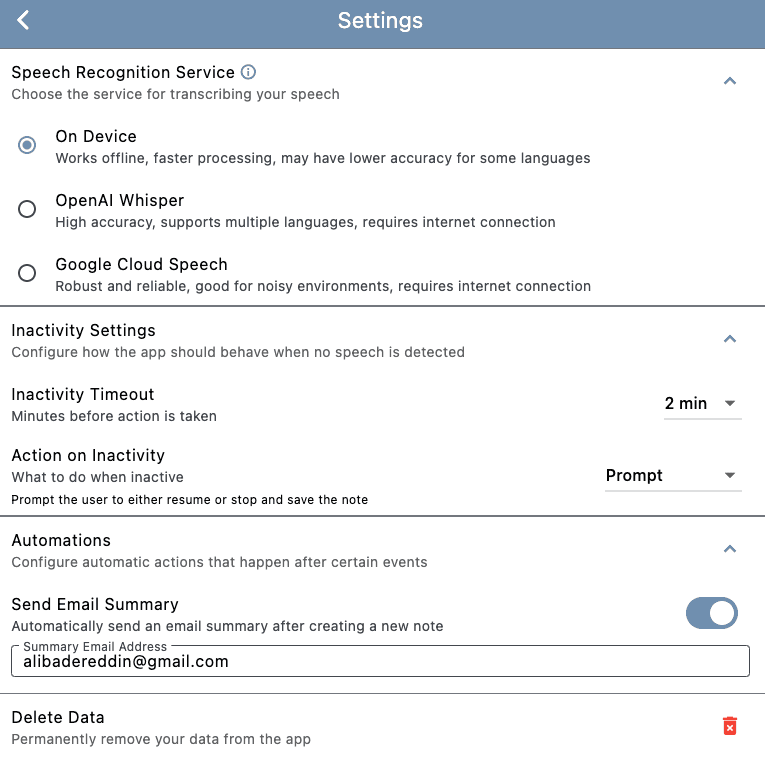
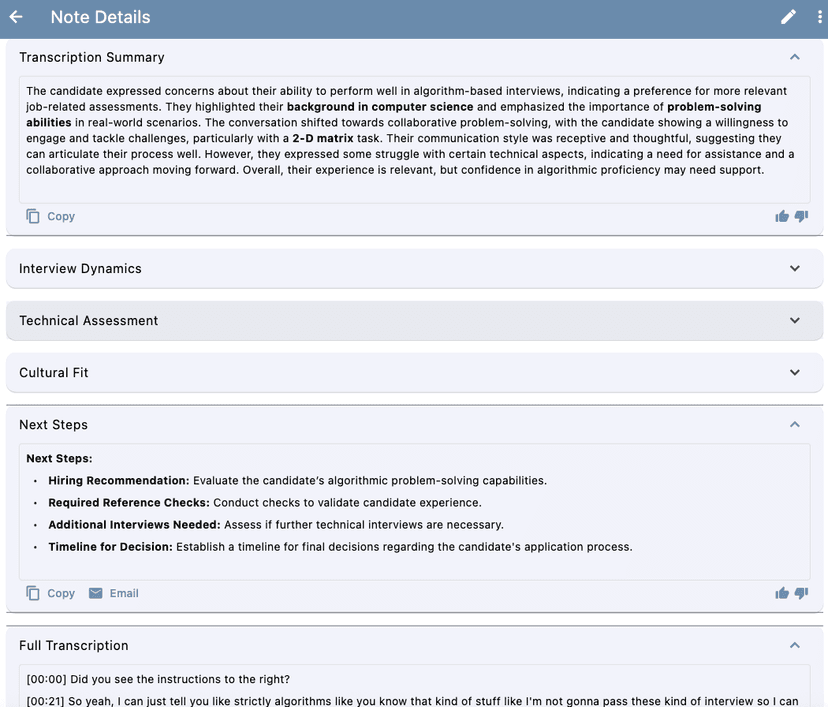

What Else I Learned
There were many more projects I experimented with. Beyond the five detailed above, here are the key insights that shaped how I think about AI-powered development:
Tool Orchestration Patterns
Claude Code excels at project kickoff, Cursor for iteration
I found Claude Code most effective when starting from scratch, then prefer moving to Cursor for ongoing development. I've effectively used Claude Code to look at large existing code repositories and take learnings from them to build new focused prototypes.
Multi-model approaches often outperform single-model solutions
Combining different models for the same or different use cases can be very effective. I've seen GPT-4.1 or Gemini Flash Pro 2.5 help in situations where I got stuck, either by spinning the problem differently or just approaching it with a different AI perspective.
LangChain works well for complex problem decomposition
For example, converting very unstructured scanned PDFs to markdown.
Technical Realities
AI vision remains inconsistent
Some of the biggest pain points I've encountered, even with the most advanced models, is AI "seeing" attached screenshots incorrectly and taking incorrect actions based on it.
Simple iteration beats complex prompt engineering
I don't believe in elaborate system messages or prompt libraries. I tested this thoughtfully across 3 different models simultaneously, the results were far less effective than good old "iteration" on the problem.
Multi-layer architectures expose AI confusion points
Using Cursor on a project with NextJS frontend, NextJS API, C++ backend, and Postgres DB, it could generate docker-compose and work across layers, but many times got really confused and went into loops of no progress.
Emerging Patterns
MCP shows huge potential but needs maturity
I've hit context limits in Claude Code while pulling interesting data from Sentry/Confluence. Leveraging Playwright MCP with Cursor was promising but ended up stealing more time than adding value. I think UCP will take MCP to the next level; instead of just connecting AI to tools, connect tools together with multi-AI and shared contexts.
Universal Coordination Protocol (UCP)Cross-tool workflows are becoming powerful
One cool experiment I enjoyed was taking in requirements for an app and generating it in Claude Desktop using React, iterating on the UI in the artifact to get the outcomes I wanted. Then I took that into Claude Code and generated the React Native app.
AI agents in conversations feel imminent
When GPT-4 Turbo came out (~Nov 2023), I spent 4+ hours simulating a 6 Thinking Hats conversation with it. The level of depth and creativity still blows my mind. I think AI agents effectively joining real life conversations will be a 2026 reality.
Six Thinking Hats MethodThe Joy and The Trap
Working with AI feels like gambling with loaded dice—you lose sometimes, but the wins come fast if you stay in the game. The randomness is part of the thrill: one moment it botches a simple refactor, the next it perfectly scaffolds a working integration. That unpredictability became addictive. At one point, I was sending voice prompts from my car to code features via AI. It felt like having superpowers. But I also realized that when building becomes effortless, the real challenge isn't execution—it's direction.
What Actually Matters
After five shipped AI products, the pattern is clear: AI shortens the distance between idea and implementation, but doesn't remove the hardest parts of building.
The Hardest Parts of Building
AI shortens the distance between idea and implementation, but doesn't remove these challenges:
Common Pitfalls
- Choosing the right user and problem (Plan Quest's B2C vs B2B confusion)
- Understanding who's actually using your app (Handstand Quest's gymnast discovery)
- Resisting the urge to overbuild (Calendar Color's sync spiral)
- Scoping ambition to real market constraints (Leela Quest's US vs global demand)
- Saying no, often and early (Scribe Quest's feature sprawl)
If I Could Go Back
- Pick one real user with one real pain point.
- Build the smallest thing that helps.
- Ship it fast and watch it fail.
- Let AI speed up the loop, not distract from the goal.
The deeper tension I kept encountering was this: building many things teaches you a lot, but helping people requires building the right thing and sticking with it. Exploration fuels my curiosity. Service demands focus and tradeoffs. AI accelerates both, but doesn't resolve the conflict.
Let's Build Something Together
If this journey resonates with you, or if you're tackling similar challenges in AI-powered development, I'd love to connect and share experiences.